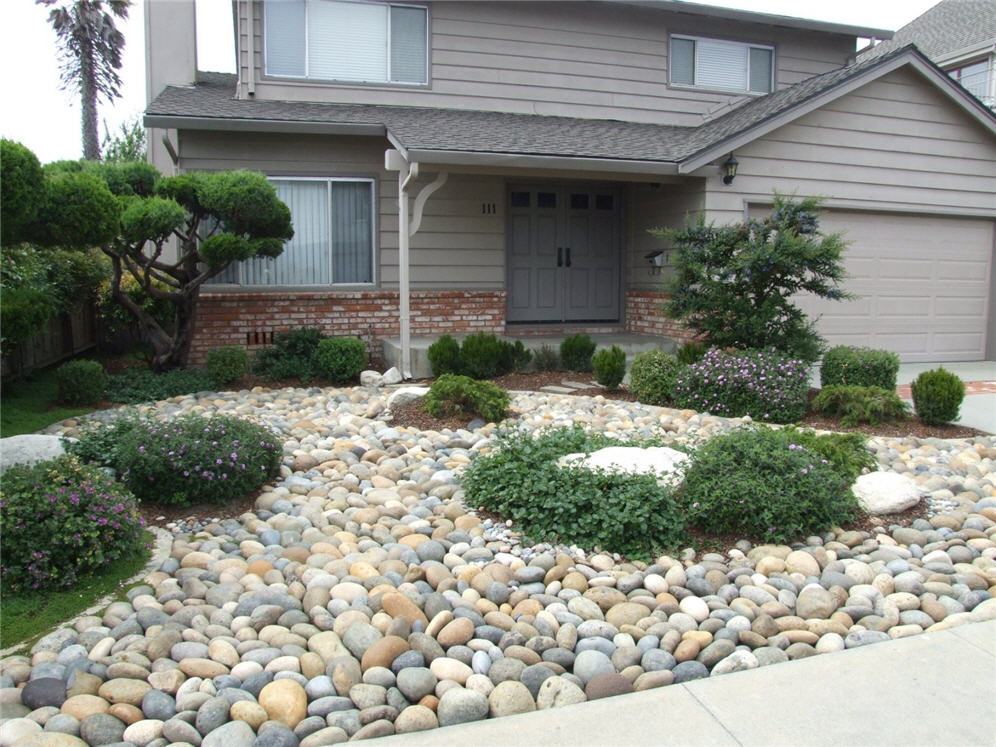
Common name:Trailing Lantana
Botanical name:Lantana montevidensis
Lavender flowers accent the trailing growth habit of this lantana. It is excellent for spilling over walls or down banks. Eventually will reach about 2' tall by 6' wide, size controlled by pruning and severity of winter. Full sun, drought tolerant. Native of South America. A rapid grower. Tolerates heat, smog and poor soil. Cold hardy to mid 20s but quick recovery. Fruit poisonous. Very attractive to butterflies. Frost tender.

Common name:Sweet-Pea Shrub
Botanical name:Polygala X dalmaisiana
This evergreen shrub grows to a height of 5'. Its leaves are blue-green, and the flowers produced are pea-like, with a purplish-pink color.

Common name:Carmel Creeper
Botanical name:Ceanothus griseus horizontalis
Carmel Creeper is one of the most popular forms of spreading shrubs. Its glossy oval leaves of 2" are bright green. The tiny light blue flowers are abundant and form 1" clusters. This shrub benefits from pruning. It does best in well-drained soil with little to no summer water.

Common name:Pfitzer Juniper
Botanical name:Juniperus X pfitzeriana
Juniperus chinensis 'Pfitzeriana' grows 5-6 ft. high and 10-12 ft. wide. This shrub has arching, feathery gray-green foliage.

Common name:Compact Myrtle
Botanical name:Myrtus communis 'Compacta'
This evergreen shrub is 6' high x 5' wide with aromatic leaves. It blooms with white sweet-scented flowers followed by bluish/black berries. It can be grown in sun or partial shade; well drained soil is essential. 'Compacta' has smaller leaves and is often used for edges and low formal hedges.

Common name:Graberi Pyracantha
Botanical name:Pyracantha crenatoserrata 'Graberi'
The 'Graberi' is a vigorous, medium-sized, upright growing variety with bright green, glossy leaves. It bears clusters of bright red berries in the fall that last well into the winter season. Reseeds easily.
| Designer: | Smooth Pebble Garden |
Photographer: GardenSoft |
Soils and Compost:
Practice grass-cycling by leaving short grass clippings on lawns after mowing, so that nutrients and organic matter are returned to the soil.
Water Saving Tip:
Group plants in your garden according to water needs (hydrozone).
Integrated Pest Management:
Develop healthy soil for plants that are vigorous and naturally pest-resistant.
